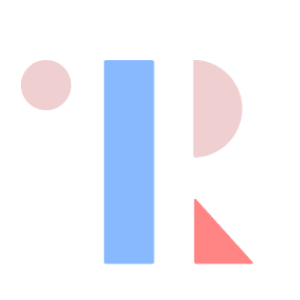An IaC management platform for seamless cloud stack orchestration and automation.

An IaC management platform for seamless cloud stack orchestration and automation.
SpaceLift is a platform designed for Infrastructure as Code (IaC) management and CI/CD processes, making cloud stack automation and orchestration seamless. It helps DevOps teams manage their infrastructure more cohesively, integrate changes quickly and safely, and enforce robust policies. The platform is compatible with popular IaC tools like Terraform, CloudFormation, Ansible, Kubernetes and others, promising compatibility and flexibility.
A standout feature of SpaceLift is its ability to automatically deploy stacks, linking the source code to the resources it manages, thereby reducing manual mistakes and enhancing efficiency. SpaceLift's drift detection also keeps infrastructure in its intended state by highlighting inconsistencies. The integrated dashboard offers a consolidated view of the infrastructure's health, giving vital information at a glance. Another central concept of SpaceLift is "Contexts", which are grouped configuration activities tied to individual projects so you can cut down on the overhead of managing project environments. Finally, SpaceLift efficiently runs workflows with its worker pools, promoting higher productivity.
Through these key features and concepts, SpaceLift fosters a secure and streamlined cloud ecosystem, allowing teams to capitalize on the power of IaC and CI/CD for improved operational efficiency.
Want to know whether Spacelift is the right fit for your use case? Get a detailed analysis of your requirements and a vendor comparison in 2-3 minutes.
Container visualization tools in platform engineering provide a graphical depiction of the cluster (e.g., Kubernetes cluster) and its resources. These tools help platform engineering teams gain insights into the cluster's health, resource allocation, and application deployments, making it easier to understand and manage the complex interactions within container environments. By visualizing the container environment, platform engineers can make informed decisions and effectively operate and maintain their platforms.
In platform engineering, a service catalog is essential for enhancing collaboration, promoting reuse, and streamlining the consumption of services and APIs. It offers a comprehensive, organized overview of platform services, enabling users to discover, understand, and utilize these services efficiently.
The concept of "Platform as a Product" focuses on considering the platform itself as a product, delivering value to its users. It involves applying product management principles to the platform's development and management. Adopting this mindset enables platform engineering teams to create platforms that provide value, drive innovation, and cultivate a thriving ecosystem. This approach ensures the platform aligns with user needs, is user-friendly, and evolves with changing needs and technological advances.
Platform orchestration is indispensable for maintaining scalability, reliability, and efficiency within complex platform architectures. It automates deployment and management tasks, diminishes manual labor, and ensures consistent operations across the platform. As a vital use case in platform engineering, platform orchestration manages and coordinates the deployment, scaling, and lifecycle of services and applications on the platform.
In the context of platform engineering, automation is pivotal for efficiently implementing the GitOps workflow. Integrating automation into the GitOps workflow allows organizations to achieve quicker, more reliable deployments, reduce human errors, ensure environment consistency, and enhance overall efficiency and scalability of their platform operations.
An internal developer portal, often referred to as an internal API portal or developer hub, acts as a central resource for developers within an organization. It provides a self-service environment for developers to discover and utilize internal APIs, tools, documentation, and resources for application and integration development. This portal centralizes knowledge and resources, encourages best practices, and nurtures a culture of innovation and continuous improvement.
We’ve listed the products and solutions that are commonly to Spacelift below.
A low-code automation platform for infrastructure provisioning with built-in security measures.


Resourcely is a configuration engine that provides a self-service and easy way of deploying and testing guardrails for engineers.
An open source platform for unified, standardized management of backend services and tools.
An internal developer portal for building a service/software catalog and enabling self-service.
An open source multi cloud platform for collaborative IaC originally developed by Hootsuite.
A cloud native control plane framework for orchestrating applications and infrastructure.
An internal developer platform for deploying self-service applications and infrastructure from reusable templates.
Harness IDP streamlines software management, automates service onboarding, centralizes documentation, and integrates with plugins.
A cloud native app protection and observability platform for containers and Kubernetes.
A cloud orchestration platform for multi-cloud environments, enabling automation and DevOps integration.
Cortex is an Internal Developer Portal (IDP) designed to streamline and enhance the efficiency of engineering teams.
A multiservice platform for infrastructure automation, security, and multicloud networking.
Compare products in Platform Engineering head-to-head across various criteria such as price, features, user interface, support, ect.